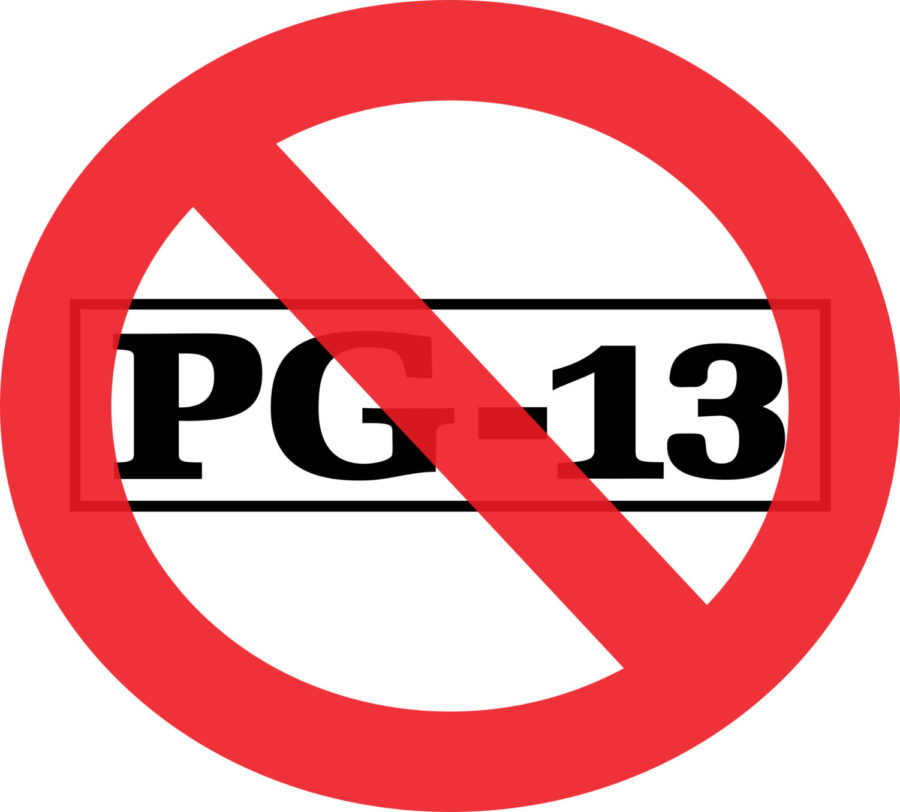Moran: MPAA rating system needs update
ratings.jpg
March 29, 2016
A few weeks ago, I saw the movie “Deadpool” and loved every aspect of it. The only thing I didn’t enjoy was hearing about the constant griping of the R rating the movie had acquired: it’s a superhero movie and it’s supposed to be for children.
I’ve begun questioning the Motion Picture Association of America’s (MPAA) movie rating system more frequently. No, I’m not saying “Deadpool” didn’t deserve an R rating. But the MPAA’s rating system isn’t fully understood, and numerous instances have made me question why a movie was or wasn’t rated a certain way.
What warrants a movie to be rated R or NC-17? When it comes to PG-13, when is it too much? Is the MPAA rating system even effective in the present day?
The MPAA was created in 1922 by William Hayes as a form of self-censorship. A grading scale known as the Hayes Scale was originally used, but it changed to the modern rating scale in 1968. These ratings were used to prevent government from interfering with the movie industry because questions were starting to surface. A more in-depth description of the MPAA can be found on its website.
The scale we know today consists of G, PG, PG-13, R and NC-17. A UCLA study looked at what each rating means, but only gives a brief, informal idea of each rating. The same goes for the MPAA “Classification and Rating Rules,” but this is a bit more in depth.
Let’s face it, the MPAA has its own idea of what is taboo and what isn’t. Gay sex is worse than straight sex, but violence is better than sex. Naked women are more acceptable than their male counterparts regardless of the context. If the F bomb is used more than once — it doesn’t matter what the movie is or what’s included in the rest of the movie — the movie will receive an immediate R rating.
“The King’s Speech” is one movie that was given an R rating by the MPAA. I thought the movie was very entertaining and informative. I would rate the movie PG, maybe (a very slight maybe) PG-13. The only scene that draws consideration for an R rating is the therapeutic scene in which the therapist upsets his patient and results in a string of profanities.
On the other hand, “Austin Powers: The Spy Who Shagged Me” is about the dreaded F word — at least a good portion of the series and movie is — and the MPAA only rated it PG-13. All of the sexual innuendoes and violence — or stupidity — in the movie warrant an R rating.
“The Breakfast Club,” “The Dark Knight” series, “World War Z” and “The Hunger Games” are more examples of stupid and contradictory MPAA ratings. In some cases, I get it. The rating system was primarily intended to be used by parents to deem movies acceptable or not acceptable for their children. I’d just prefer to see more continuity in the rating system.
“Deadpool” undoubtedly deserved to be an R-rated movie, but it also created a big controversy as to why a “superhero” movie was rated R. While “The Avengers,” “X-Men” and many other superhero movies were rated PG-13, “Deadpool” shouldn’t have been and the MPAA got it right, but the disparity highlights the rating system.
Just because a movie is a certain genre doesn’t mean you should slap it with the general rating. The MPAA needs to reevaluate its rating process and standards. I like the system but not the process.
















